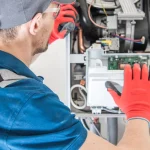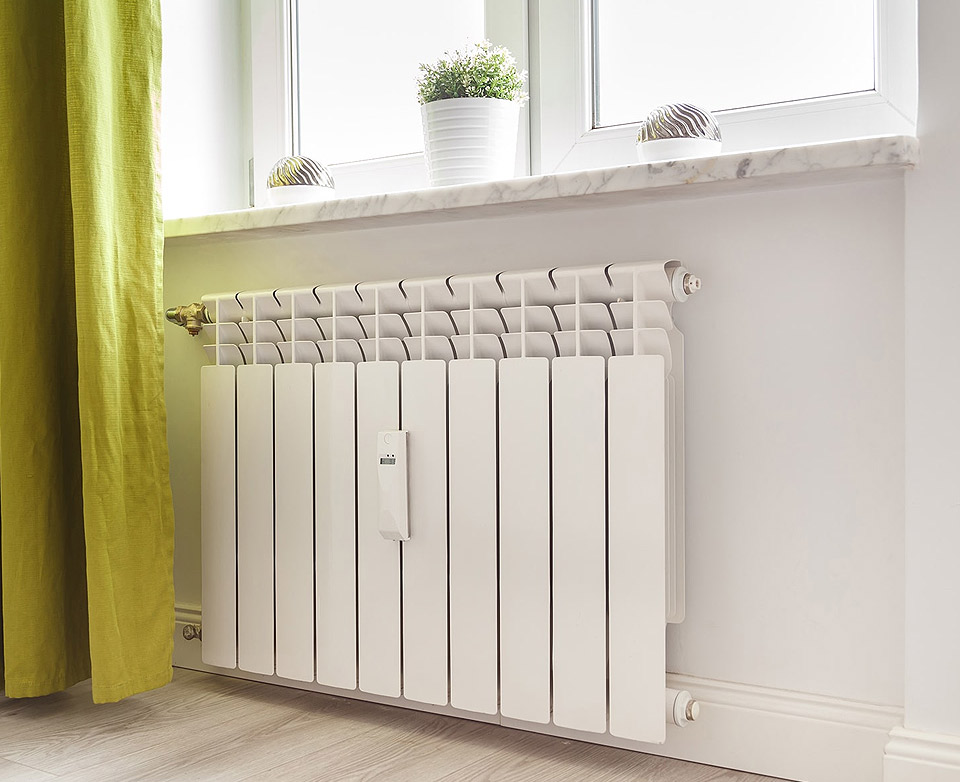
- Posted by: Al Amin
- 0 Comments
Radiant Heating: Pros, Cons, and What You Need to Know
As the winter winds start to whisper and the temperature begins its annual descent, the quest for an efficient and cozy heating system becomes a top priority for homeowners. In the diverse landscape of heating solutions, radiant heating stands out as a technology that not only warms your space but does so with a touch of luxury. In this comprehensive guide, we’ll explore the pros, cons, and essential insights into radiant heating, offering a deep dive into this captivating heating option.
The Warmth Beneath: How Radiant Heating Works
At its core, radiant heating is about creating warmth by transferring heat directly to the objects and surfaces within a space. Unlike traditional forced-air systems that rely on blowing heated air through ducts, radiant heating operates through one of three main methods: underfloor heating, wall heating, or ceiling heating.
- Underfloor Heating:
The most prevalent form of radiant heating, underfloor heating involves the installation of a network of pipes or electric heating elements beneath the floor. The heat generated gently rises, warming the entire room from the ground up. - Wall Heating:
Wall heating systems feature heating elements or pipes embedded within the walls, releasing heat into the room. While less common than underfloor heating, this method provides a discreet and efficient alternative. - Ceiling Heating:
Similar to wall heating, ceiling heating systems use elements or pipes within the ceiling to radiate heat downward. Although less prevalent, ceiling heating can be a practical solution in specific settings.
Pros of Radiant Heating
Even, Comfortable Heat Distribution:
Radiant heating ensures a consistent temperature across the entire floor, eliminating the uneven heating associated with traditional systems. This creates a cozy and comfortable living environment, with no more chilly spots to navigate.
- Energy Efficiency:
One of the standout features of radiant heating is its inherent energy efficiency. By directly warming surfaces and objects, it minimizes heat loss and optimizes energy consumption. This targeted approach can lead to significant energy savings and lower utility bills. - Silent Operation:
Bid farewell to the familiar hum of a furnace or the whoosh of air through vents. Radiant heating operates silently, providing warmth without any accompanying noise. Enjoy the serenity of a heated home without the disruptive background soundtrack. - Freedom in Interior Design:
Radiant heating eliminates the need for bulky radiators or visible vents, allowing for greater flexibility in interior design. Arrange furniture and décor without considering the impact on air circulation, as there are no obtrusive heating elements to work around. - Health Benefits:
With radiant heating, there’s no circulation of airborne allergens or dust, contributing to better indoor air quality. This can be particularly beneficial for individuals with allergies or respiratory issues, creating a healthier living environment.
Cons of Radiant Heating
- Higher Initial Cost:
The upfront cost of installing a radiant heating system, especially underfloor heating, can be higher than traditional heating systems. However, many homeowners view this as a long-term investment in comfort and efficiency, weighing the initial expense against the long-term benefits. - Installation Complexity:
Retrofitting an existing home with radiant heating can be challenging, especially for underfloor systems. Proper installation often requires access to the subfloor, making it more feasible during new construction or major renovations. Wall or ceiling heating may offer more flexibility in certain situations. - Slower Response Time:
Radiant heating systems generally have a slower response time compared to forced-air systems. While this might not be an issue for consistent heating, it’s something to consider if you prefer rapid temperature adjustments. Planning ahead for temperature changes becomes a key consideration. - Limited Cooling Options:
Radiant heating primarily addresses heating needs, and integrating a cooling system can be more challenging. Many homeowners opt for supplemental cooling solutions in conjunction with radiant heating, recognizing the system’s focus on providing warmth.
What You Need to Know Before Choosing Radiant Heating
- Flooring Compatibility:
Different flooring materials conduct heat differently. Tile and stone are excellent conductors, making them ideal for radiant heating. Hardwood and carpet are also compatible, but their insulating properties can affect heat transfer. Consider your flooring choices when planning for radiant heating. - System Types:
Explore the various types of radiant heating systems available, from hydronic (water-based) systems to electric systems. Each has its advantages, and the choice often depends on factors like cost, energy efficiency, and your home’s specific requirements. Understanding the differences can guide you toward the most suitable option. - Thermostat Options:
Modern radiant heating systems often come with smart thermostat options that allow for precise control and energy optimization. Consider these advanced thermostat features for added convenience. Smart thermostats can enhance your ability to regulate and monitor your home’s temperature efficiently. - Professional Installation:
Due to the intricacies of radiant heating installation, it’s crucial to enlist the services of a qualified HVAC professional. They can assess your home’s suitability, recommend the most appropriate system, and ensure a seamless installation. Professional guidance is particularly essential for optimizing the system’s performance. - Maintenance Considerations:
Radiant heating systems generally require minimal maintenance. Regular inspections and ensuring proper system operation can go a long way in preventing potential issues. Understanding the basics of maintenance can keep your radiant heating system operating smoothly for years to come.
Radiant heating, with its ability to provide even, efficient warmth, represents a luxurious and comfortable solution for heating your home. While it may come with a higher initial cost and installation complexities, the long-term benefits often outweigh these considerations for many homeowners. As you explore the world of heating options, consider the unique advantages of radiant heating – a technology that not only warms your space but
Add Your Comment Cancel Reply
Recent Posts
- Furnace Repair: Your Complete Guide to Peace of Mind and a Warm Home
- When to Call a Furnace Repair Expert: Red Flags to Watch Out for to Prevent Major Damage
- Unlock the Benefits of Regular HVAC Maintenance
- Explore the Latest Trends in HVAC Technology
- Humidifiers vs. Dehumidifiers: A Comprehensive Guide to Choosing the Right One for Your Home










